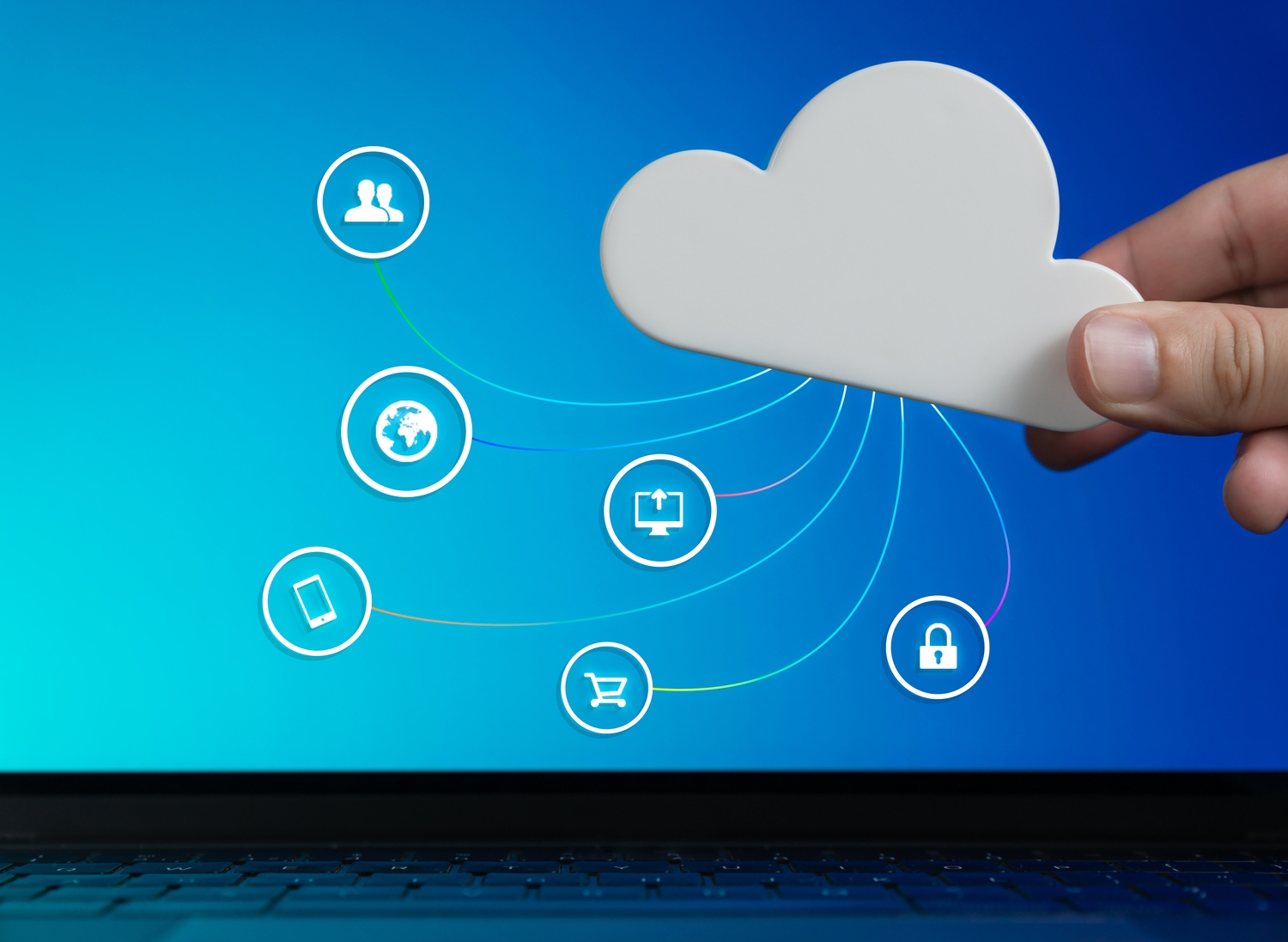Ultimate Guide to Supply Chain and Logistics Solutions
This comprehensive guide covers essential aspects of supply chain and logistics management, emphasizing transportation, warehousing, inventory control, and future technological trends. It highlights how effective logistics can improve efficiency, reduce costs, and enhance customer satisfaction. The article also discusses current challenges and innovative solutions like AI, automation, and sustainable practices, helping businesses stay competitive in a dynamic market environment.

Ultimate Guide to Supply Chain and Logistics Solutions
In today’s interconnected and rapidly changing marketplace, logistics and supply chain management are vital for delivering products efficiently and reliably. Services such as transportation, warehousing, inventory control, freight forwarding, customs handling, and last-mile delivery are essential components that support seamless operations. This comprehensive overview explores all facets of logistics services, highlighting their importance in modern business.
What Are Logistics and Supply Chain Services?
They involve organizing, implementing, and monitoring the smooth flow of goods, information, and resources from origin to end-user, ensuring cost-effectiveness and high quality.
The primary aim is to fulfill customer needs efficiently while controlling expenses.
Core Elements of Logistics and Supply Chain Management
1. Transportation
This key element covers moving goods across various modes, including:
– Trucking: Popular for regional and short-distance deliveries.
– Rail: Suitable for large quantities over extensive distances within continents.
– Air Cargo: Best for urgent and high-value shipments.
– Ocean Freight: Cost-effective for heavy and bulky international cargo.
2. Storage Facilities
Warehousing involves storing goods in environments tailored to specific needs, ranging from raw materials to finished products. Types include:
– Public Warehousing: Flexible rental options for various companies.
– Private Warehousing: Owned by a company for exclusive storage.
– Bonded Warehouses: For storing imported goods prior to customs clearance.
3. Stock Control
Maintaining optimal inventory levels is critical; advanced systems monitor stock, sales, and orders to prevent overstocking or shortages.
4. Freight Coordination
Freight forwarders facilitate shipping by managing transportation, warehousing, and documentation, ensuring swift delivery.
5. Customs Services
Customs experts help with import/export compliance, including tariff classification, accurate documentation, and clearing goods through customs efficiently.
6. Delivery and Courier Services
Specialized in final-mile delivery, these services ensure parcels reach customers quickly and reliably.
Benefits of Streamlined Logistics Solutions
1. Cost Savings
Efficient logistics reduce transportation, storage, and inventory costs, allowing businesses to lower expenses and boost profitability.
2. Enhanced Customer Satisfaction
3. Market Competitiveness
4. Risk Mitigation
Managing risks like theft, damage, and delays through insurance and monitoring safeguards assets and operations.
5. Eco-Friendly Practices
Incorporating sustainable methods, such as route optimization and green transportation, reduces environmental impact.
Challenges Facing Logistics Providers
1. Fuel Price Variability
2. Regulatory Hurdles
Compliance with global trade laws and customs procedures remains complex, especially for new entrants.
3. Technological Integration
Adopting and syncing advanced logistics software poses challenges for some organizations.
4. Security Concerns
Protection against theft, damage, and cyber threats requires robust security measures.
Future Directions in Supply Chain and Logistics
1. Automation & Robotics
Automating warehouses and transportation reduces errors and increases efficiency.
2. AI & Machine Learning
Smart algorithms forecast demand, optimize routes, and streamline inventory management, enhancing decision-making.
3. Blockchain Technology
Enhances transparency and security for transaction records and documentation within logistics processes.
4. Sustainable Innovations
Green initiatives, such as electric fleet vehicles and eco-certified warehouses, are becoming prevalent.
5. IoT Applications
Internet of Things devices enable real-time tracking, improving visibility and compliance.
As supply chain logistics evolve with technology and sustainability in focus, businesses must adapt to maintain competitiveness, optimize operations, and enhance customer experience.










